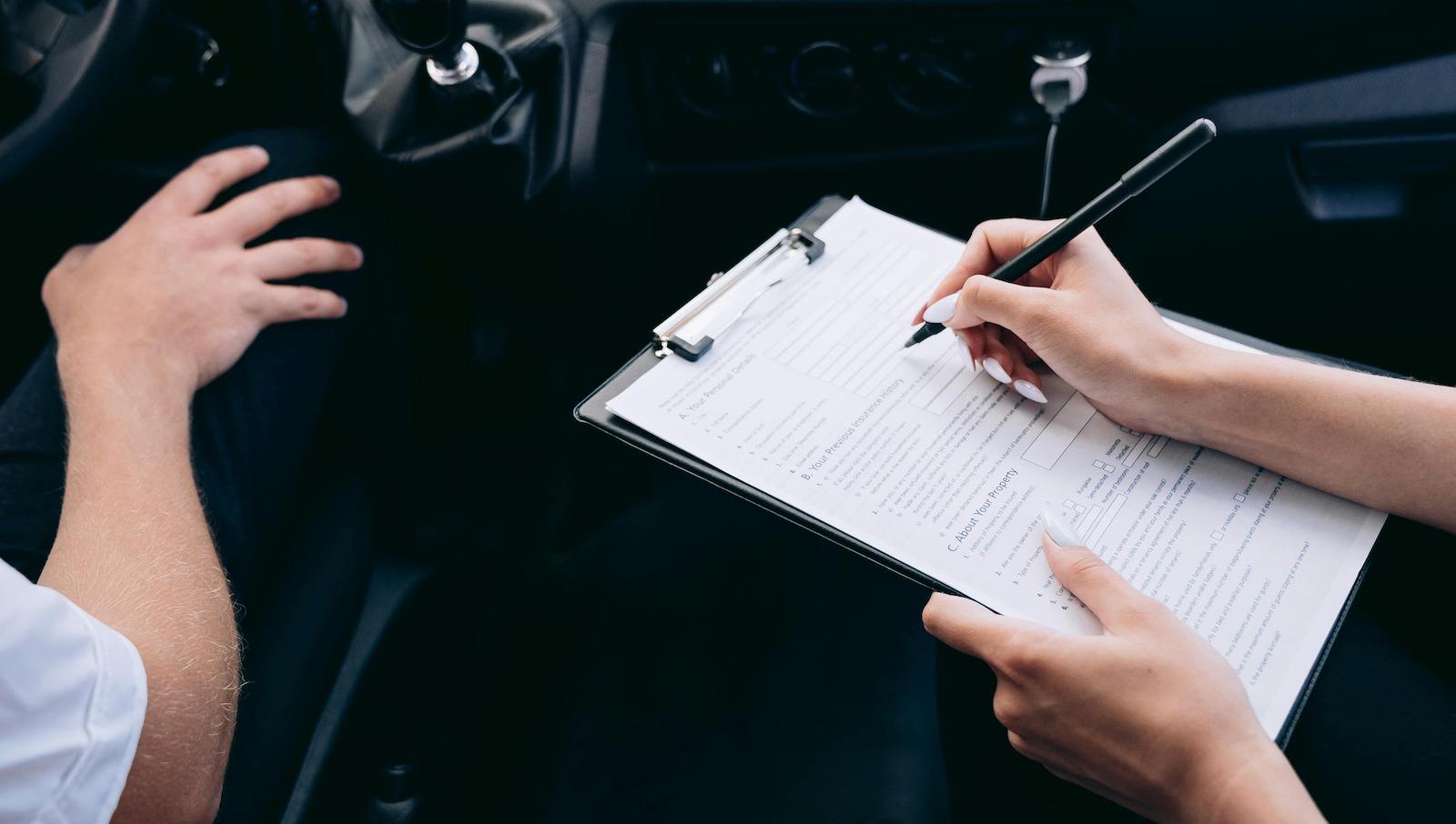The adoption of dashcams is skyrocketing. While the global dashcam market garnered $4 billion in 2022, it is predicted to surge to $12 billion by 2033.
Compared with many parts of the world, the U.S. has been slow to adopt dashcams, but that is changing. Recent statistics reveal that between 10% and 18% of U.S. drivers employ dashboard cameras.
Their growing popularity is linked to an unfortunate trend of insurance fraud. Each year, staged auto accidents cost insurance companies enormous amounts of money, which increases premiums for honest policyholders. Worst of all, these incidents put innocent lives at risk.
The growing presence of dashboard cameras on the road is proving to be a game changer, ensuring accountability and providing reliable evidence in traffic incidents.
See also: Dashcams for All
Examining the latest viral example of car insurance fraud
Just weeks ago, Ashpia Natasha was driving on the Belt Parkway in Queens when a Honda Civic abruptly cut her off, forcing her to brake hard. The Civic stopped completely, before reversing, and smashing into Natasha's Acura. Three of the Civic's occupants jumped out of the vehicle, acting injured and taking photos of Natasha's car.
Unnoticed by Natasha at the time, a fourth passenger exited the Civic and jumped into a waiting red Kia that fled the scene. Initially confused by the bizarre incident, Natasha later reviewed her dashcam footage and suspected it was a case of insurance fraud.
Fortunately, Natasha sustained no injuries in the crash, but her car will cost over $8,000 to repair. The dashcam video clearly reveals the suspicious activities of the Honda's occupants, which have garnered over 67 million views on TikTok.
Common scams that can be revealed with dashcams
Though what happened to Natasha is shocking when viewed online, the scam, or "swoop and squat," is well known. In a dangerous maneuver, a car (the "swoop" vehicle) cuts in front of a "squat" vehicle, causing its innocent driver to brake abruptly and rear-end the "swoop" car. An even more dangerous version occurs on freeways, where multiple criminals box in the victim, preventing evasive maneuvers. Only with dashcam footage do the suspicious movements and orchestration of the crash become evident.
Another scam to watch for is the "left turn drive down." In this scam, the fraudster waves at the victim to indicate that it's safe to turn, then suddenly blocks the path, causing another vehicle to crash into the victim. Fortunately for drivers caught in this scenario, a dashcam can provide clear evidence that the perpetrator gave misleading signals and purposely caused the crash.
In the similar "right turn drive down," the criminal intentionally crashes into the victim's car as they make a right-hand turn. With a dashcam, the recorded footage can show the exact movements of both vehicles and highlight that the collision was set up.
Finally, during the "curb drive down," a driver leaving a parking spot at a curb and merging into traffic is deliberately struck by another car. In these scams, dashcams provide invaluable proof of the staged nature of the incident, showing fraudsters suddenly and intentionally crashing into the victim.
Dashcam footage is becoming the keystone evidence in disputed incidents
One of the most complex and contentious aspects of traffic incidents is dealing with conflicting accounts. When two parties provide differing versions of the same event, the truth often becomes mired in uncertainty. Witness testimonies, while valuable, are influenced by perspective, memory or personal bias. If available, dashcam footage gives us an objective viewpoint.
Imagine a scenario where two drivers claim the other was at fault during a collision at an intersection. Determining the liable party can be challenging without clear evidence, resulting in prolonged disputes and potentially incorrect settlements. However, with dashcam footage, the sequence of events is laid bare in front of investigators, insurers and the courts. The camera captures crucial details, such as the speed of vehicles, the timing of traffic signals, the presence of road signs and the actions of pedestrians.
See also: Preventing Sophisticated Car Insurance Fraud
Dashcams create safer and more accountable drivers
The advantages of dashcams extend beyond personal protection. With more and more people adopting this technology, the widespread use of dashcams is expected to significantly improve overall road safety and accountability.
Fraudsters are less likely to attempt deceitful claims when they are aware of the presence of dashcams because dashcams capture compelling evidence that can substantiate the events leading up to, during and after an accident. Naturally, reduced instances of fraud lead to lower operational costs for insurance companies and more competitive premiums for consumers.
Research shows that, in addition to preventing fraud, dashcams cause reckless drivers to think twice because they know that risky or illegal driving behavior is likely to be recorded. A study of commercial vehicles reveals that 87% of U.S. crashes are due to avoidable errors or risky driving. Another study claims that commercial accidents are 60% less likely and 86% less expensive when drivers employ a dashcam solution that offers feedback to the driver.
The unexpected can unfold in seconds, but dashcams emerge as a revolutionary tool providing clarity amid chaos. The footage they capture saves countless drivers from unwarranted financial burdens and ensures the truth prevails. The presence of dashcams promotes a transparent and accountable road environment and even prevent accidents.






